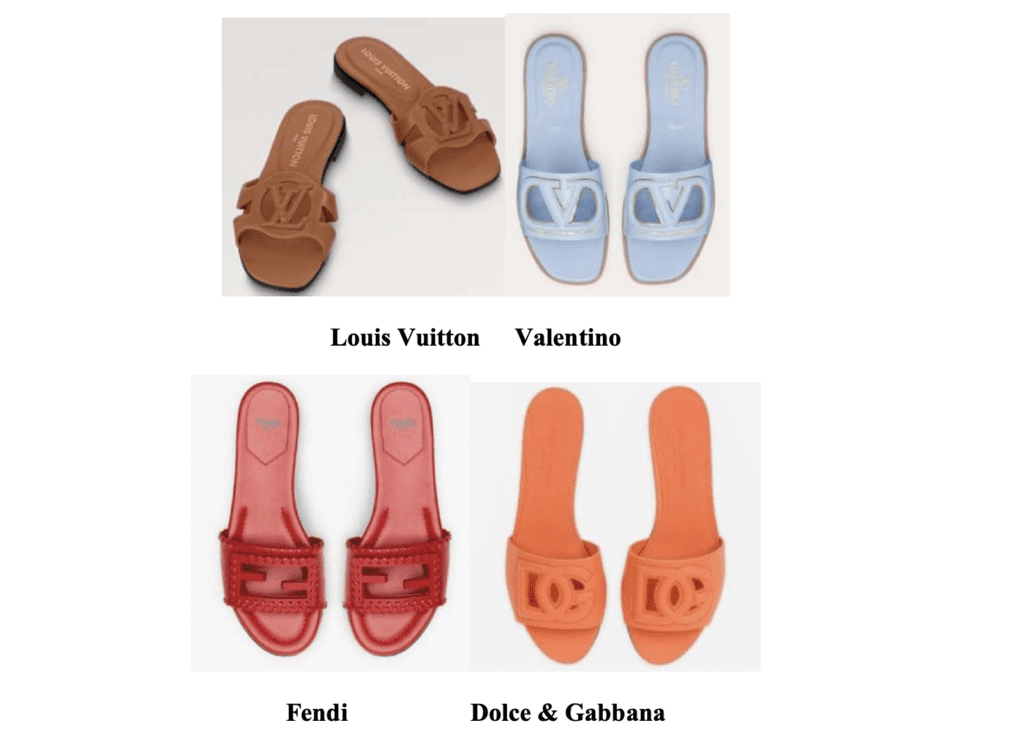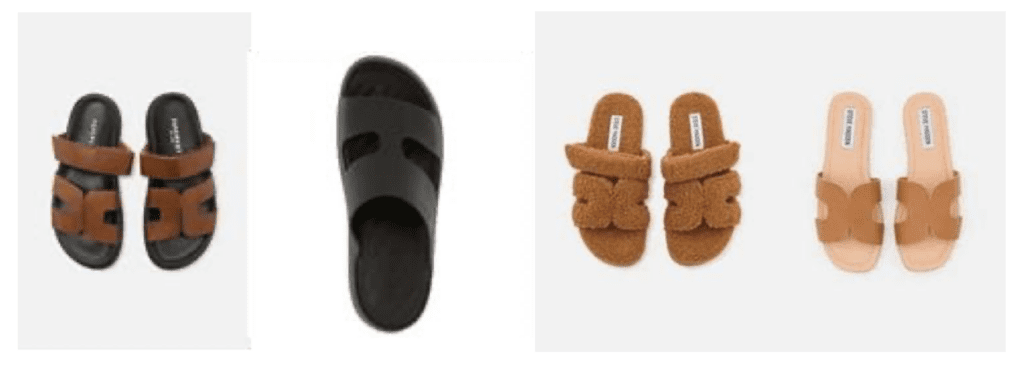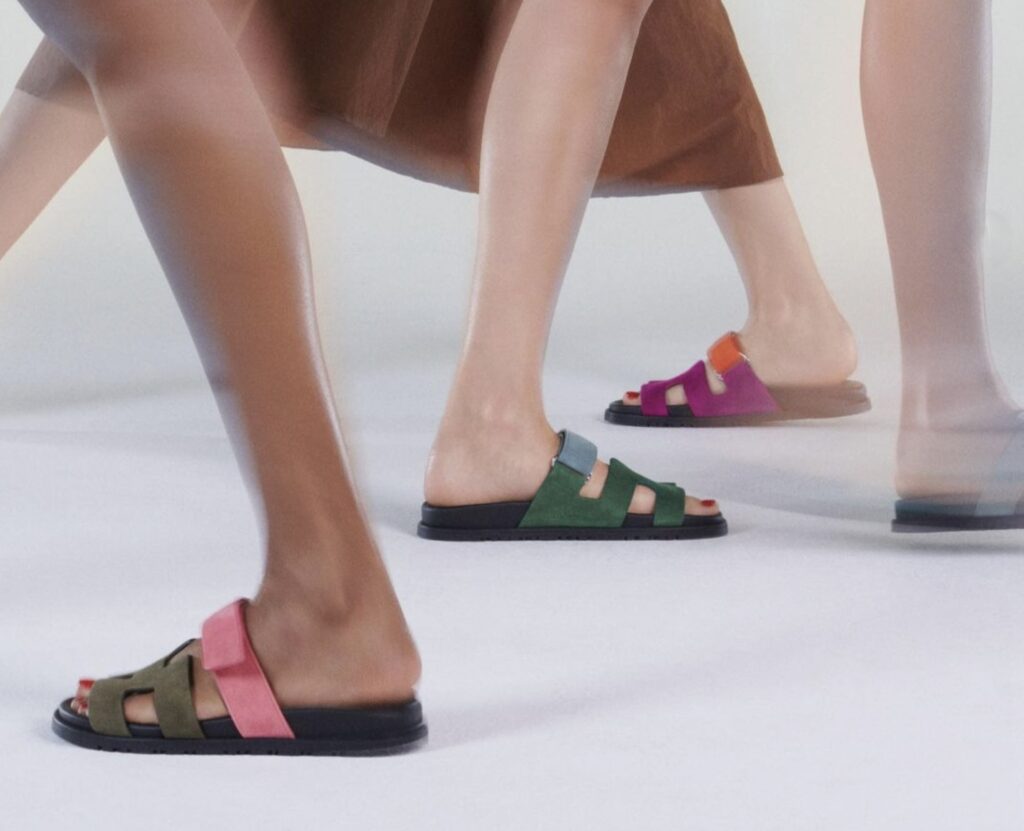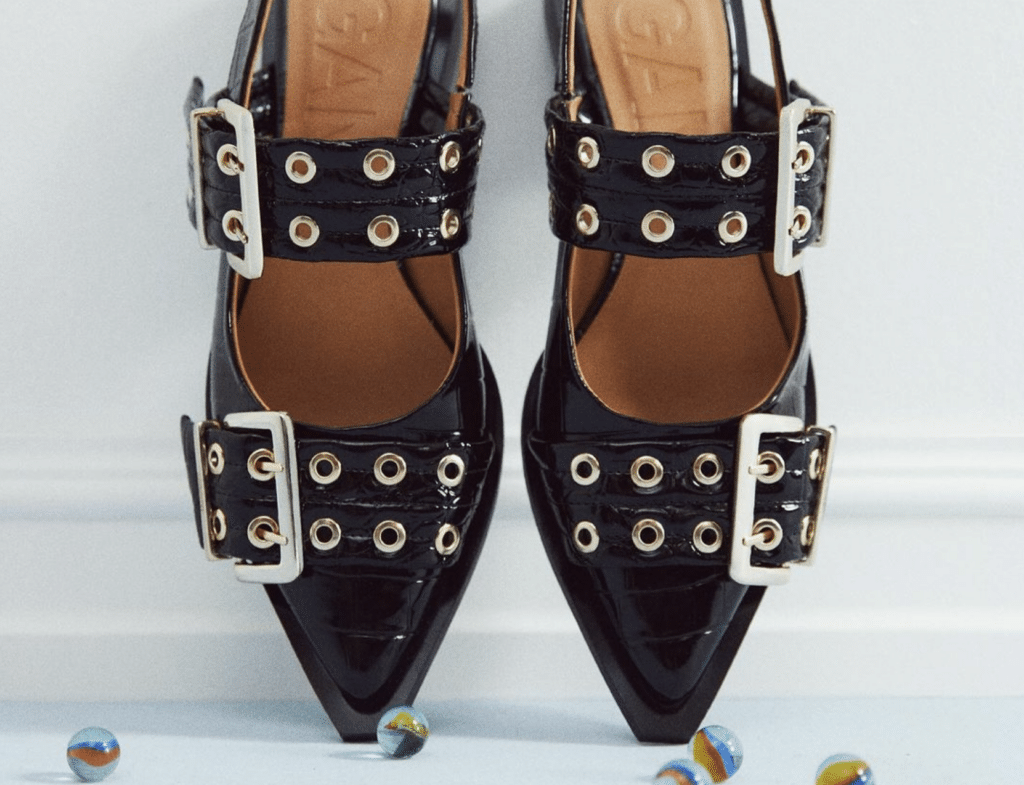Hermès International recently secured a partial victory in a dispute before the European Union Intellectual Property Office (“EUIPO”) that saved the registration for the “H” trademark at the heart of its popular Oran sandals from cancellation. In a decision last month, the EUIPO’s Second Board of Appeal (“Board”) overturned an earlier cancellation of its stylized “H” trademark registration on the basis that the stylized “H” design does not function as a trademark. Not a total win for Hermès, though, as the EUIPO’s Board affirmed the earlier cancellation of its registration for other items, such as boots, hats, and gloves, due to insufficient evidence of use, while remanding a genuine use question about t-shirts and sweatshirts for further examination to the lower division.
A Bit of Background: The EUIPO’s September 6 decision comes in connection with a cancellation proceeding waged by German citizen Markus Bennemann, who sought to get the trademark body to revoke Hermès’ registration for the figurative “H” mark for a variety of goods, including clothing, footwear, and accessories. Bennemann argued that Hermès had not demonstrated genuine use of the mark within the required time period of five consecutive years.

On the other hand, Hermès maintained that it has consistently used the stylized “H” as a trademark across an array of products and that consumers associated the symbol with the brand. According to Hermès, the “H” design “has been adapted on the vamp (upper part) of other shoe models such as sandals (for women and men), mules, espadrilles, and ballerinas, as well as clothing items, and fashion accessories,” with the French luxury goods brand arguing that the “H” design is not just decorative or functional but serves as a distinctive mark to identify the source of its goods.
In its initial cancellation decision in November 2023, the EUIPO’s Cancellation Division pointed to Article 58(1)(a) of the European Union Trade Mark Regulation, which requires that a trademark be used in a genuine manner within a five-year period, or it may be revoked. Hermès appealed that decision, prompting the recent determination by the Second Board of Appeal.
The “H” Mark: Split Decision On Use
On appeal, Hermès successfully defended its registration from cancellation with regard to a number of different types of products, including footwear. Turning first to its use of the “H” mark on the vamp of its Oran sandals, Hermès argued the Oran sandals are “characterized by a distinctive cut-out on the vamp (front part of the sandals), representing a large stylised letter ‘H’ in a single piece.” This feature has become synonymous with the Hermès brand, the company argued, noting that the Oran sandal in particular, is “unanimously considered by professionals and the interested consumers as ‘emblematic’ [of the] Hermès brand.”
In furtherance of its argument that the “H” design is widely recognized by consumers, Hermès submitted surveys that indicated that the “aided recognition rates of [its] ‘Oran’, ‘Izmir’ and ‘Cyprus’ shoes styles, which are between 71.5 percent and 81.2 percent.”
In its defense, Hermès also submitted invoices, product images, and press articles from fashion magazines, which showed that the “H” mark has been used commercially in “a recognizable and distinctive way” on various types of goods. And with regard to sandals, in particular, it also argued that “in the relevant market sector, it is customary to include trademarks in the shape of sandal vamps and that most of the leading sandal manufacturers follow this market practice.”

Meanwhile, Bennemann argued (and the Cancellation Division previously found) that the “H” design is part of the Hermès Oran sandal’s structure and that consumers would, thereby, perceive the shape as “merely two straps that are connected in the centre” rather than as an “H.” Against this background, he maintained that where a contested trademark is reproduced as a product’s shape or part of a product’s shape, it is not used “in relation to goods or services,” and thus, does not serve as an indicator of the source of the products.
Beyond that, Bennemann claimed that “average consumers are not in the habit of making assumptions about the origin of products on the basis of their shape” (Note: Here at TFL, we are not necessarily sure that is true). And in terms of the Hermès Oran sandals, he asserted that “the straps and the contested mark do not significantly depart from the shape most commonly taken by sandals,” pointing to copycat designs from Steve Madden and other companies.

The Board ultimately agreed with Hermès on the footwear front, finding that the use of the “H” mark on sandals is not merely decorative but functions as a trademark. Specifically, the Board concluded that the “H” design on the vamp “enables it to perform its distinctive role, as confirmed by the survey submitted by [Hermès].” The Board further asserted that an “EU trade mark can consist of any sign, including three-dimensional shapes, provided that it is capable of distinguishing the goods or services of one undertaking from those of another undertaking.”
The Board also noted that in the luxury sector, consumers tend to display a higher level of attention to subtle design elements, such as the “H” vamp on sandals, which enables these features to function as trademarks.
As for Hermès registration of the “H” mark for use on t-shirts, sweatshirts, and rings for scarves, the Board again sided with the company because it provided sufficient evidence of genuine use for these products. However, the Board concluded that the Cancellation Division needed to further examine certain specifics of the use of the mark on shirts, such as whether the use met the necessary thresholds for time, place, and extent of use in commerce under the law.
Finally, Hermès was unable to defend its registration for other goods, including boots, hats and gloves, on the basis that it either provided insufficient or no evidence of use, according to the Board. In some cases, the Board found that the “H” was used in ways that were purely ornamental and did not function as a trademark. For instance, the evidence for hats was limited to a single invoice the company submitted, and the Board ruled that this was inadequate to establish genuine commercial use.
The matter is Hèrmes International v. Markus Bennemann, R 192/2024-2 (EUIPO, Second Board of Appeal).











